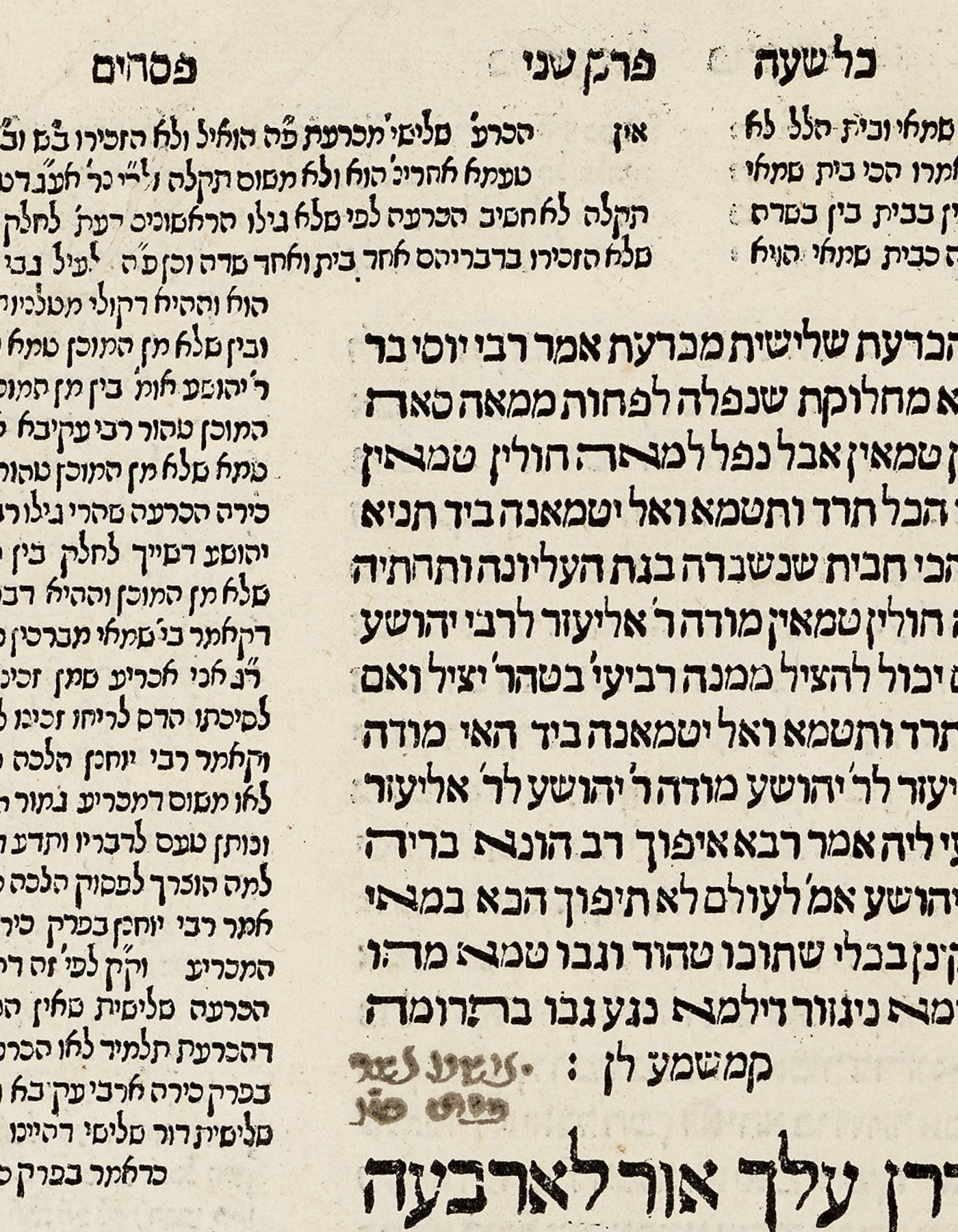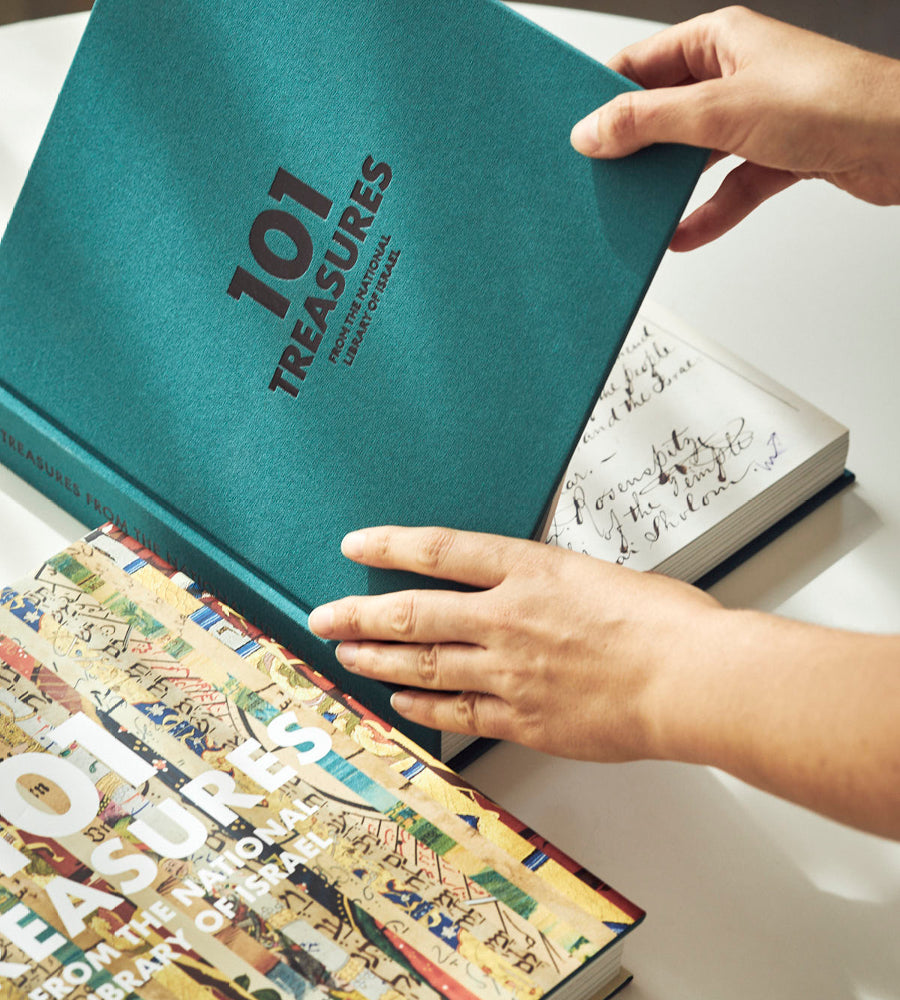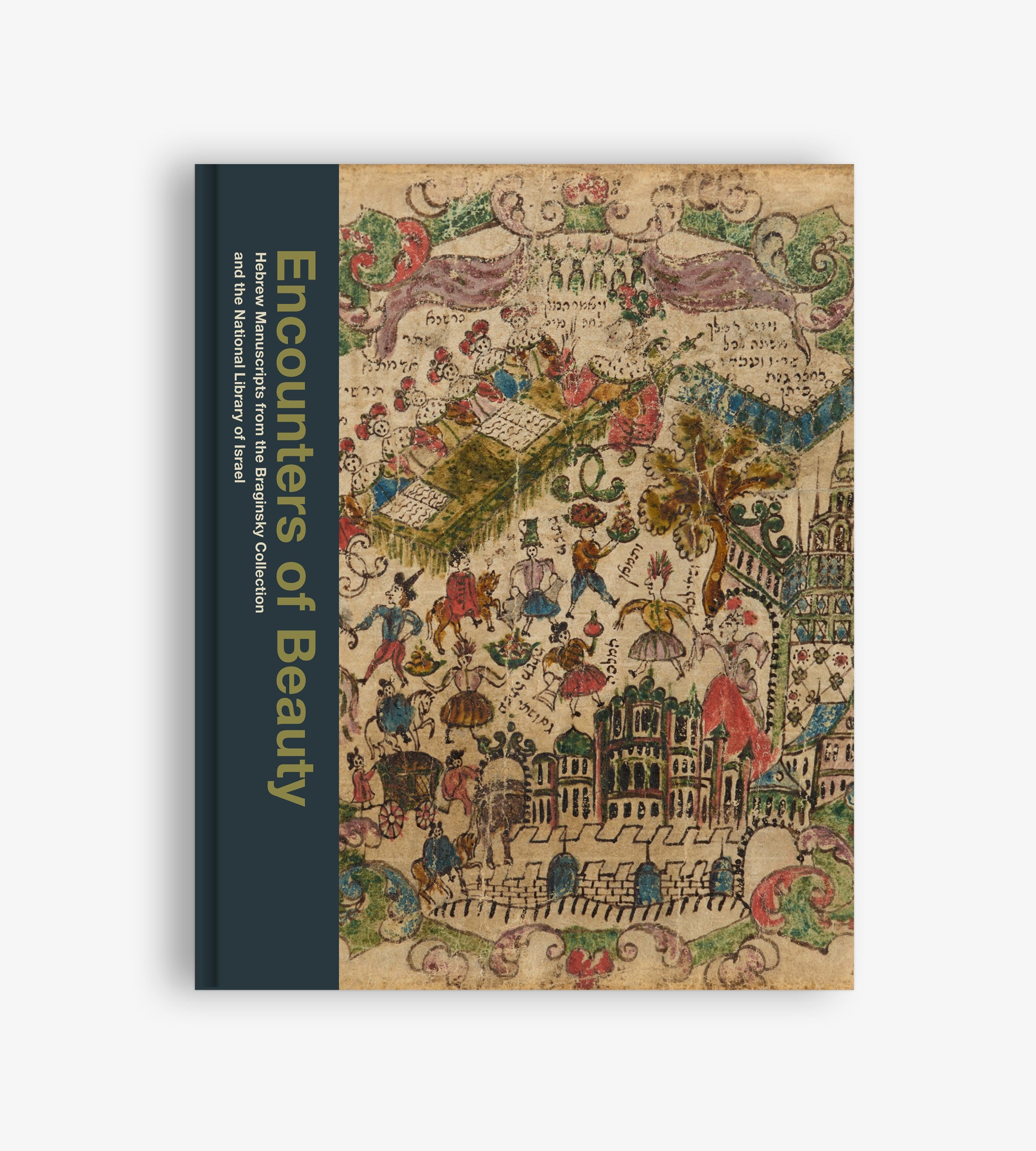
A Christian Pioneer of Jewish Printing
Yoel Finkelman

While writing helps the fragile human memory, how can we find what we are looking for in a vast array of written texts? Today, digital tools help solve the problem, but throughout history innovators developed solutions based on available technologies. Daniel Bomberg (ca. 1483–1549), arguably the greatest printer in Jewish history, earned his reputation and inspired a great many imitators by answering this question so effectively.
In 1516, Bomberg, a Christian with a deep interest in Jewish knowledge, opened his printing house after gathering the necessary state privileges and a staff of Jews and Jewish converts to Christianity. He became the first non-Jewish printer of Jewish books and the first Hebrew printer in Venice.
His Rabbinic Bibles (1516–17 and 1525) are the first Jewish printed bibles to include numbered chapters and verses — an innovation so taken for granted today that we can hardly imagine the Bible without them. He adopted the system of numbered chapters and verses, which had originated among Catholics in the thirteenth century, because it facilitated finding texts and cross-referencing the Bible. The precise version of the text in Bomberg’s Second Rabbinic Bible became the standard Hebrew text of the Bible until the nineteenth century.
However, Bomberg’s greatest printing feat and most influential innovation was the addition of page (more precisely, folio) numbers to his edition of the Babylonian Talmud, which was the first to contain the Talmud printed in its entirety from beginning to end. After this edition was completed in 1523, it became standard to reference a specific passage by identifying its page number in Bomberg’s edition. Thereafter, virtually every printed version of the Talmud had each and every page laid out in the same way as Bomberg’s.














